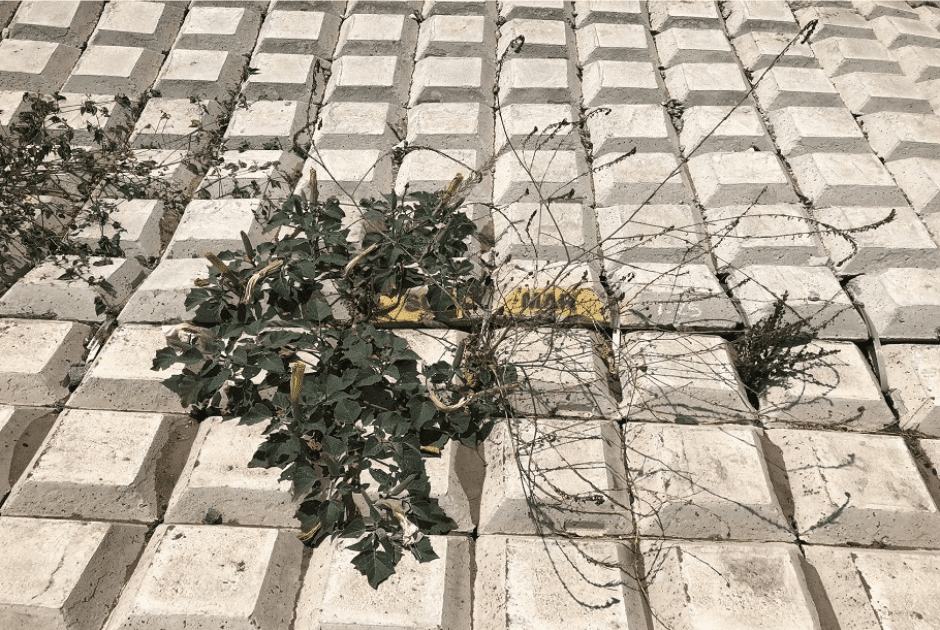Since the 1800s, sedimentation rates have increased by as much as 500 percent. Taking preventative streambank stabilization measures could help to cut long-term costs significantly and should be considered a worthwhile investment in any project. Below are some of the barriers used for streambank stabilization.
Sediment Retention Fiber Roll
The concept behind sediment retention fiber rolls has been around for years, but it is only within the past decade that their efficiency has been maximized as an erosion control tool. The rolls are installed parallel to the slope to prevent runoff during periods of heavy rain.
Typically, these fiber rolls, known was wattles, are filled with a material that is local to the job site or the area of the country in which the construction is occurring. For example, fiber rolls in California are often filled with rice straw while in other states like Colorado, Oregon, and Texas wheat straw is used instead.
Submar Articulated Concrete Mats
Submar onshore mats are specifically designed for pipeline erosion control. These articulated concrete block mattresses are made from concrete blocks and polymer rope and are used commonly for streambank stabilization. Submar mats protect a stream from high bank to high bank while encouraging vegetative growth.
The mats are porous, which allows the roots of vegetation to grow through the top. The mats provide an anchoring mechanism for the roots to do so, giving stability to sediment that would otherwise wash away or erode. The concrete mats allow the roots to take hold before they are washed away. The stronger the roots become, the more stable a streambank becomes. Submar onshore mats are one of the most effective types of sediment barriers available today.
Berms
Berms are an excellent tool used to disrupt the flow of water. When used correctly, berms can stop erosion in its tracks. They serve as barriers that can redirect moving water to areas that are not as vulnerable, helping to preserve a streambank. Instead of filling the inside of these devices with straw, they are instead filled with gravel or compost.
Whereas fiber rolls are a cylinder, the shape of a berm is that of a ridge. Fiber rolls must also be staked into the ground because the internal materials are much more lightweight. In areas where the land is vulnerable, such as along a streambank, the ground may be too soft for companies to anchor fiber rolls correctly. In these situations, companies may want to consider using a berm instead.
Silt Fences
Another common type of sediment barrier is a silt fence. A silt fence essentially acts like a high-end strainer. Sediment builds against the wall, but water from the sediment passes through to the other side. These are excellent tools that can help ensure water flows downstream without taking sediment along.


